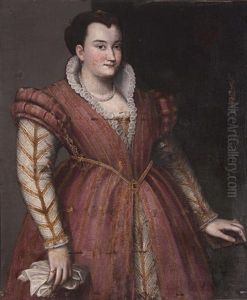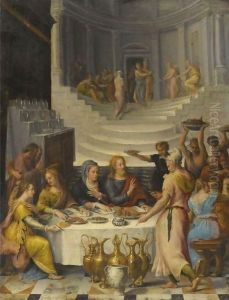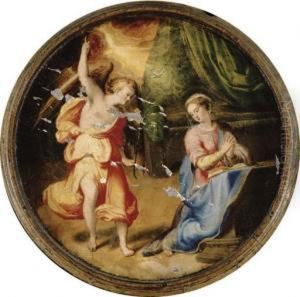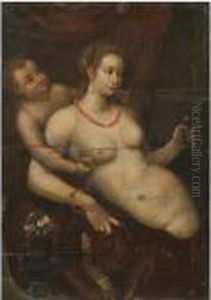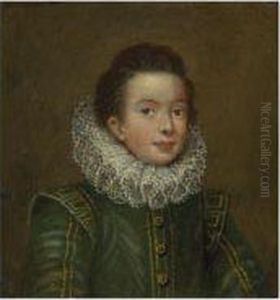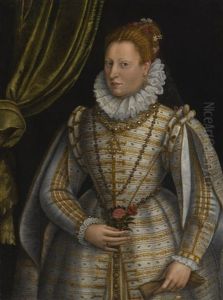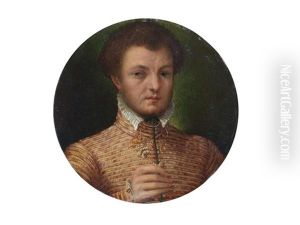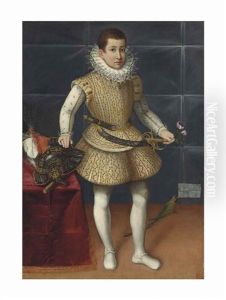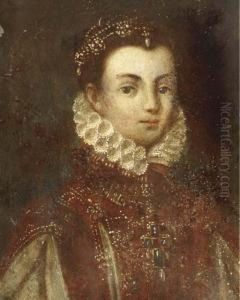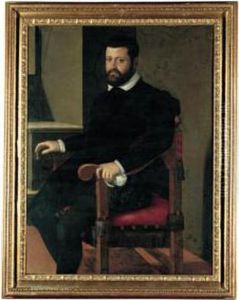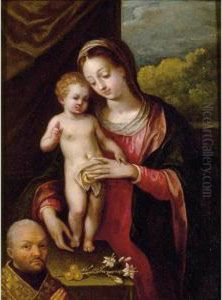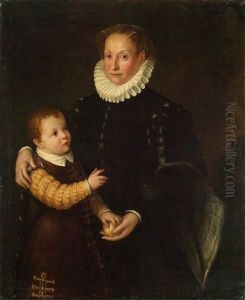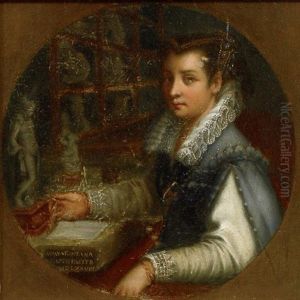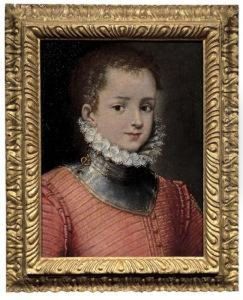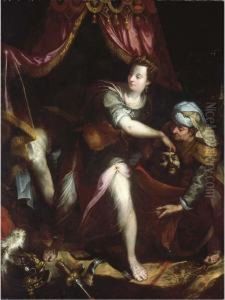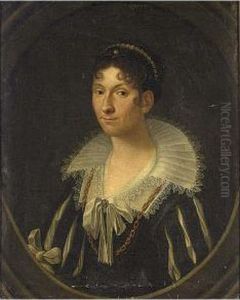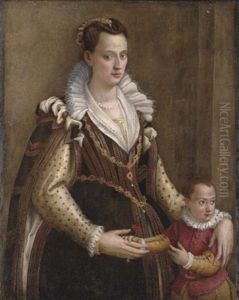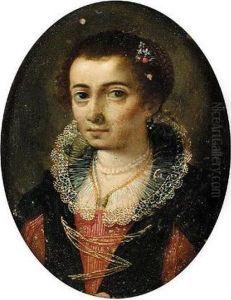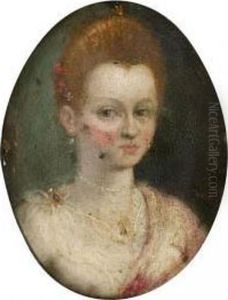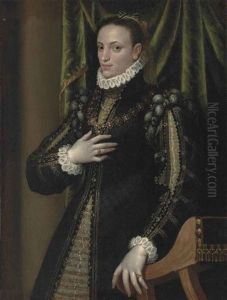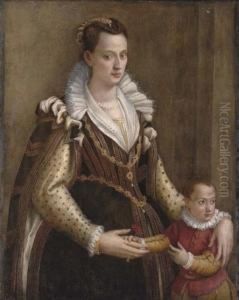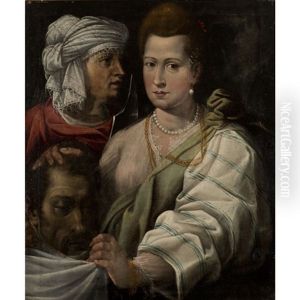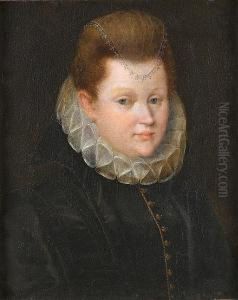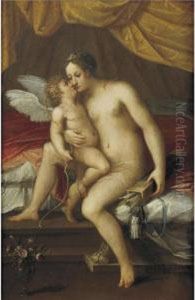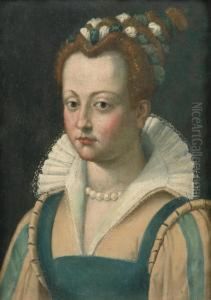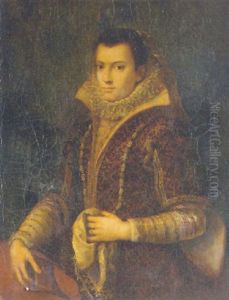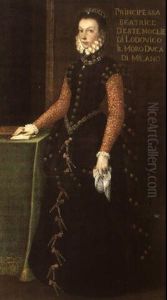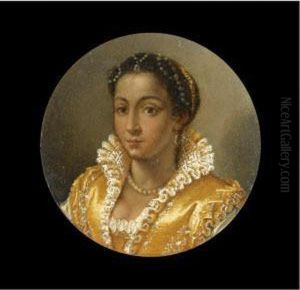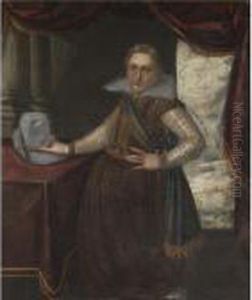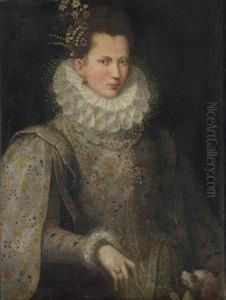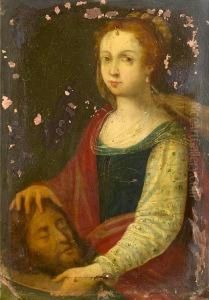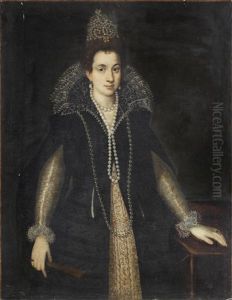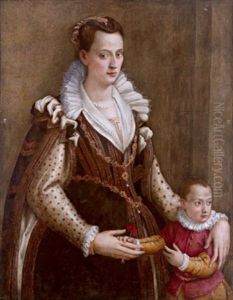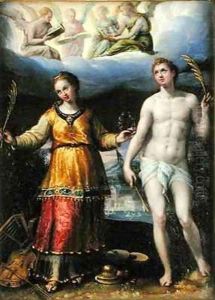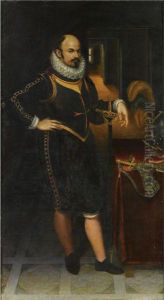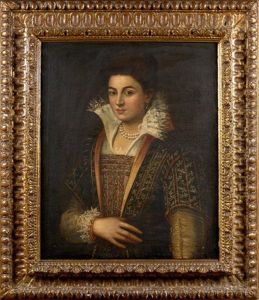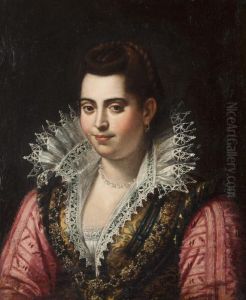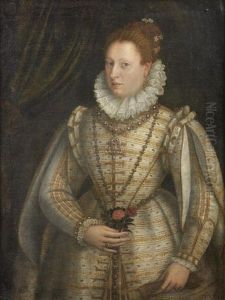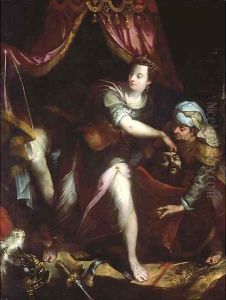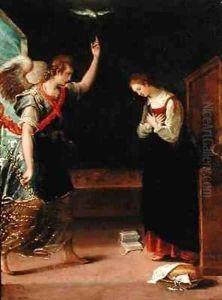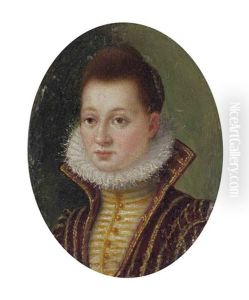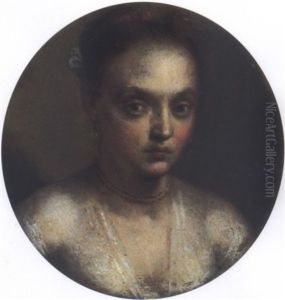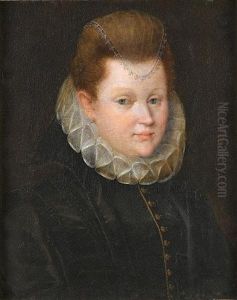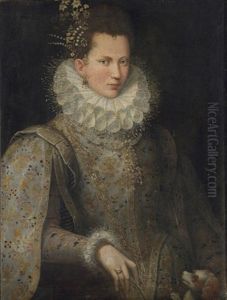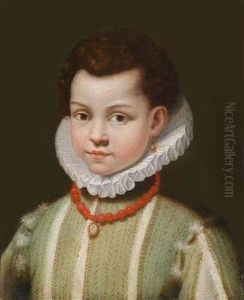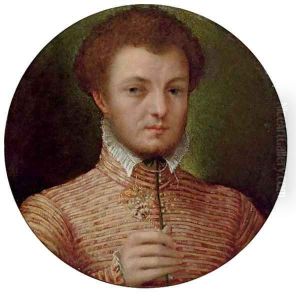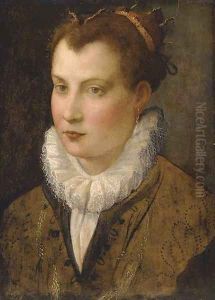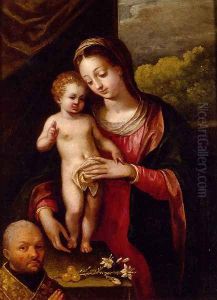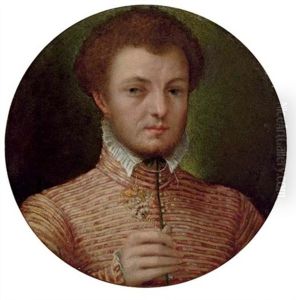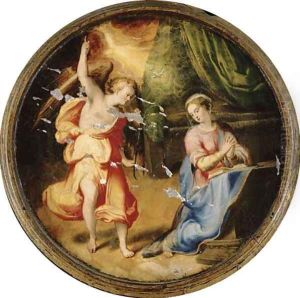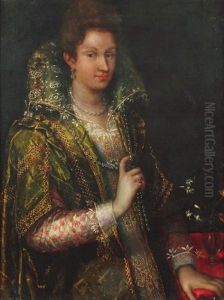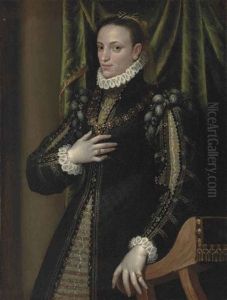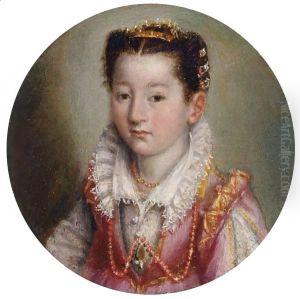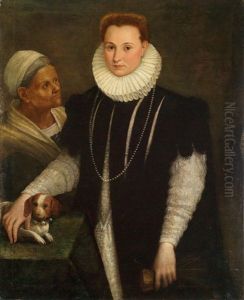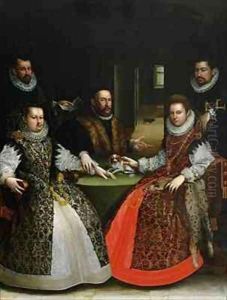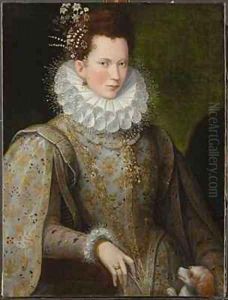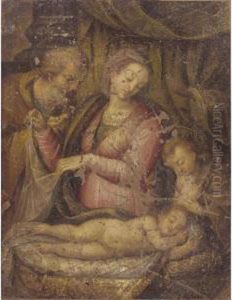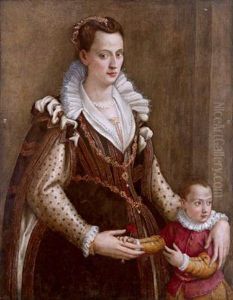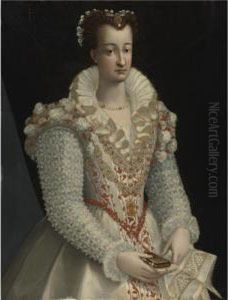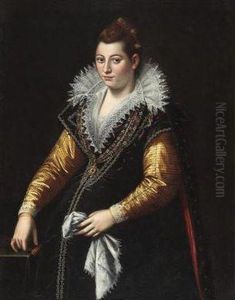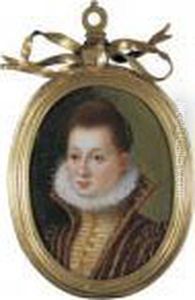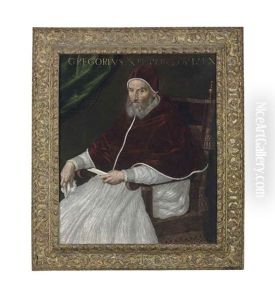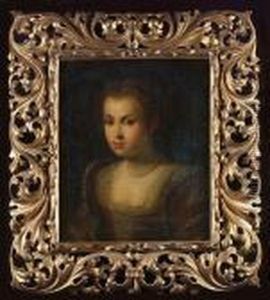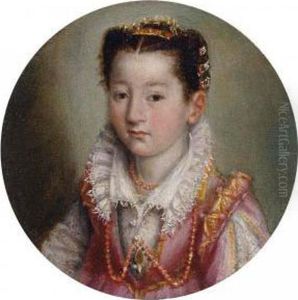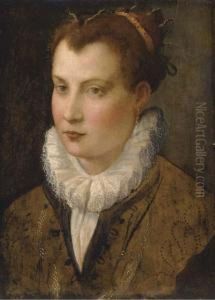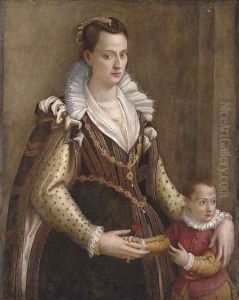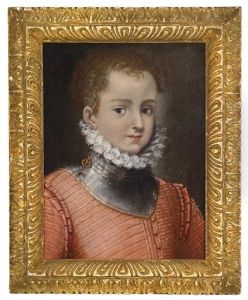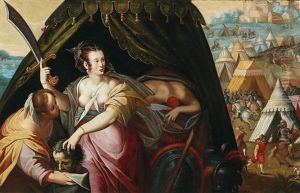Lavinia Fontana Paintings
Lavinia Fontana was an Italian painter born in Bologna in 1552, during the Renaissance, and is considered one of the most important female artists of her time. She was the daughter of Prospero Fontana, a prominent painter of the Bolognese school, who was her initial teacher. Growing up in a favorable environment for artists, Fontana quickly developed her skills in painting.
Fontana is particularly known for her portraiture, where she depicted members of the upper-class with remarkable detail and sensitivity. She also painted religious and mythological themes and was one of the first women to execute large, publicly commissioned figure compositions. These works often featured female subjects, making her a pioneer in representing women's lives and experiences.
In 1577, she married Paolo Zappi, a minor nobleman who also became her assistant. Unlike many women of her time, Fontana did not cease her artistic work after marriage. Instead, she continued to receive significant commissions. The couple had 11 children, though only three survived into adulthood. Despite the responsibilities of motherhood, Fontana maintained a successful career and ran a busy studio.
Fontana's talent garnered the patronage of the powerful, including the family of Pope Gregory XIII, and later, Pope Clement VIII. Her work was widely celebrated, and she was invited to Rome, where she became the official portraitist at the papal court. One of her most famous works from this period is the portrait of Pope Clement VIII himself.
In Rome, Fontana continued to thrive, receiving commissions from the Roman nobility and the Vaticans. Her paintings were noted for their vivid color, attention to detail, and the subtle depiction of textures in fabrics and jewels. She often included signature features in her work, such as an emphasis on the hands and eyes of her subjects.
Lavinia Fontana's legacy extends beyond her artworks; she helped pave the way for future generations of female artists. She was recognized by her contemporaries for her artistic achievements and her role in shaping the course of women in the arts. Fontana's death in 1614 marked the loss of an exceptional talent and a trailblazer for women in the field of painting.
